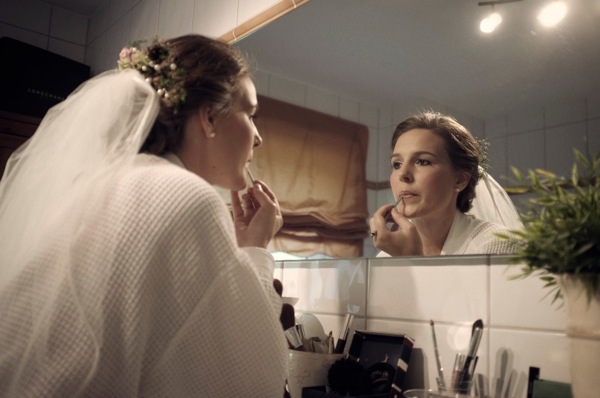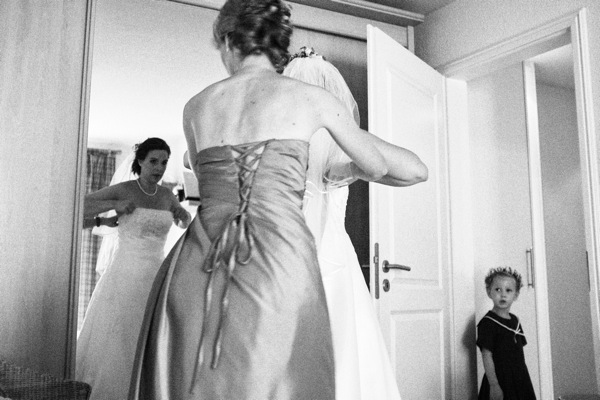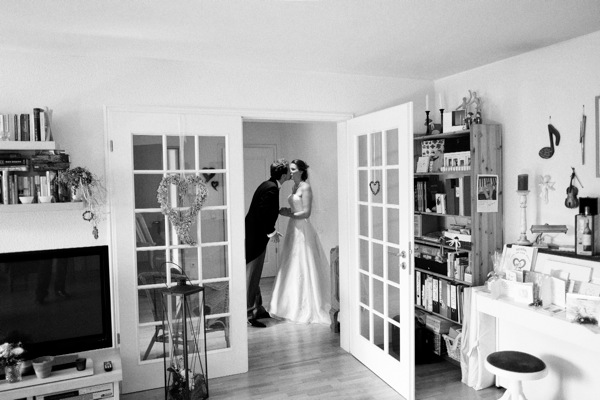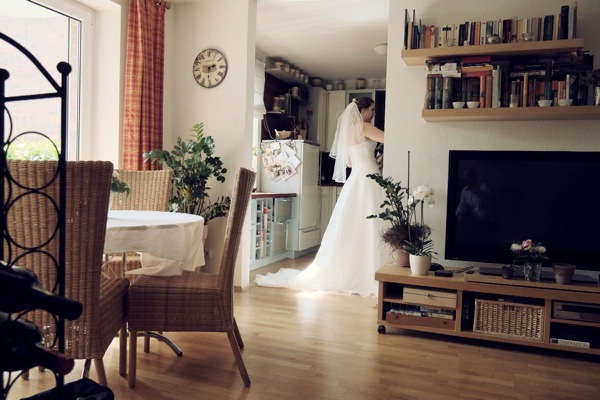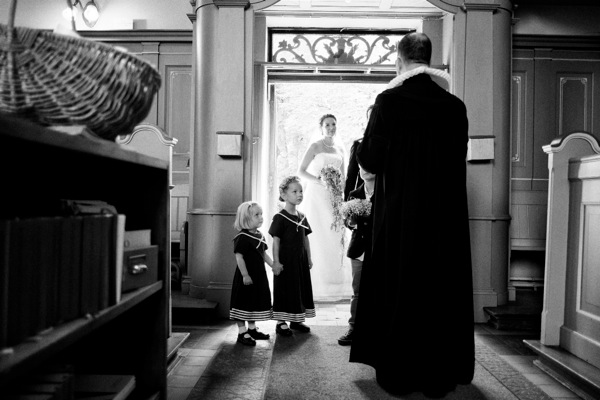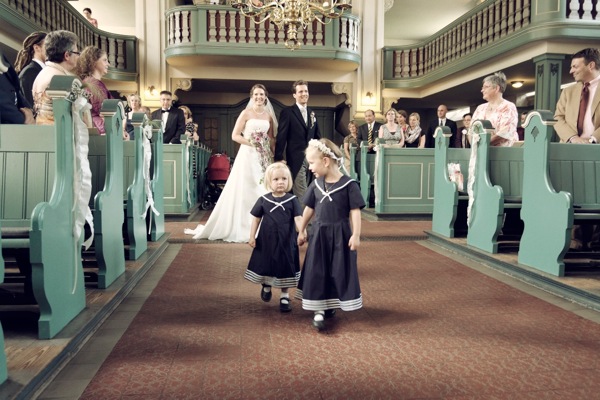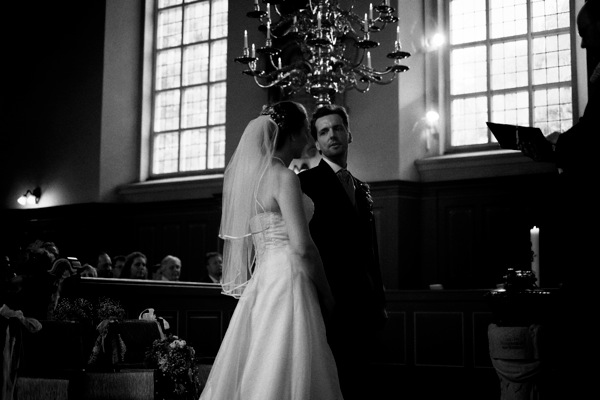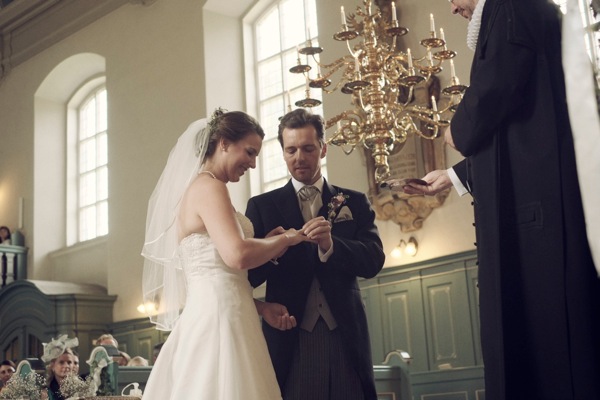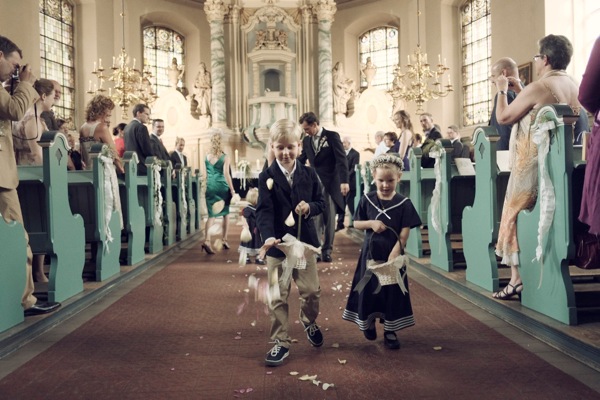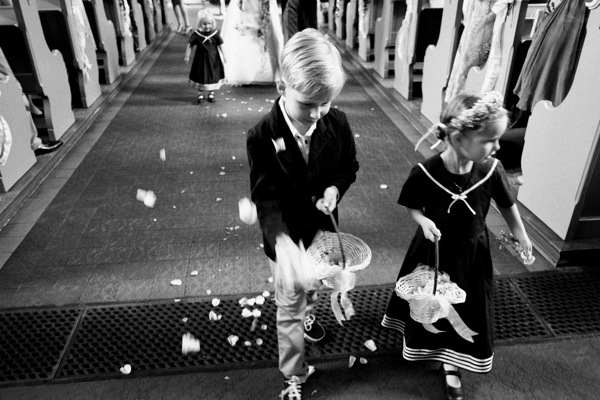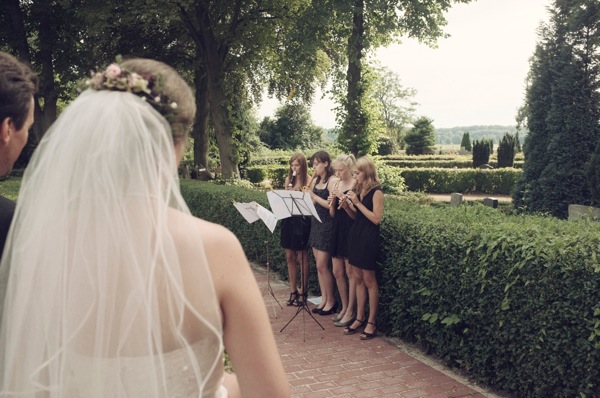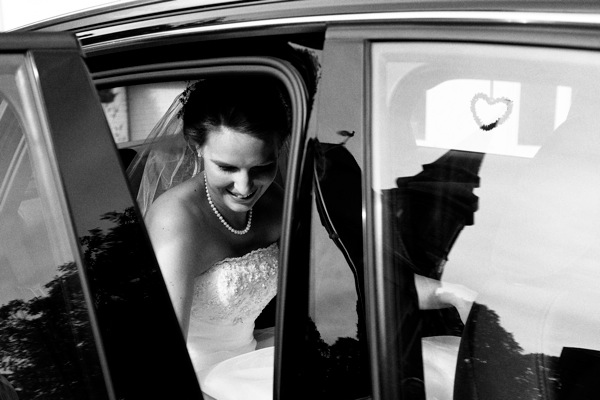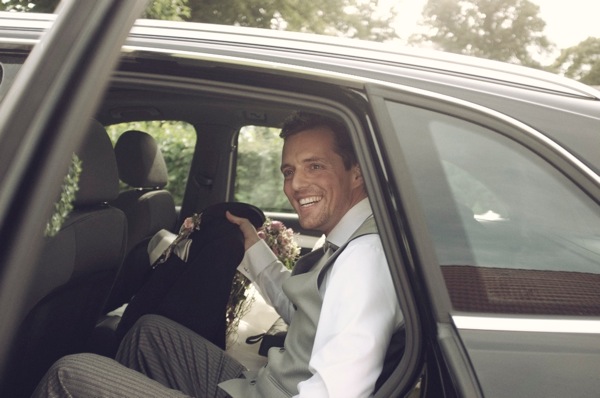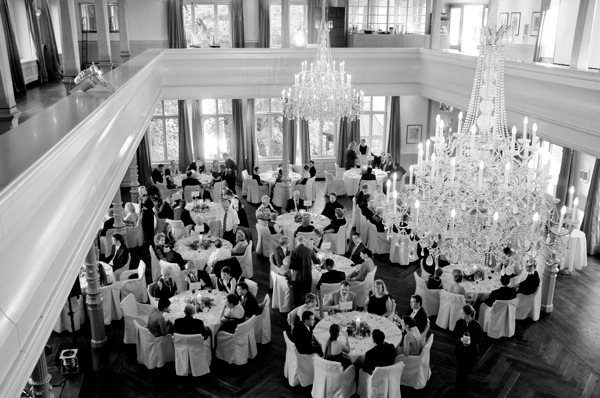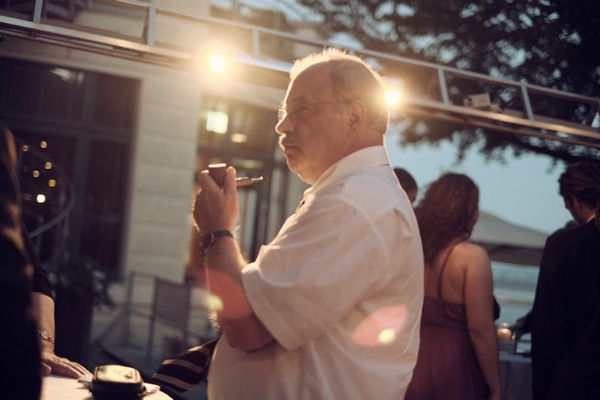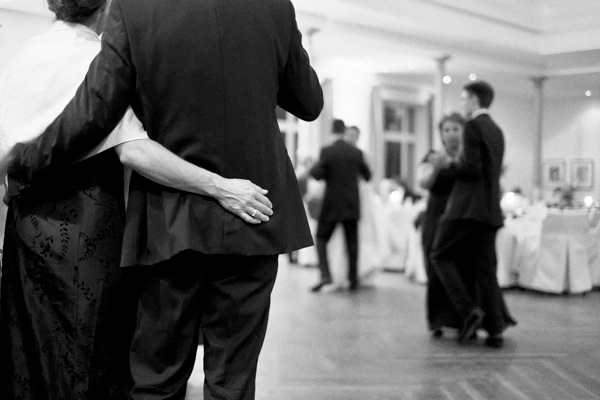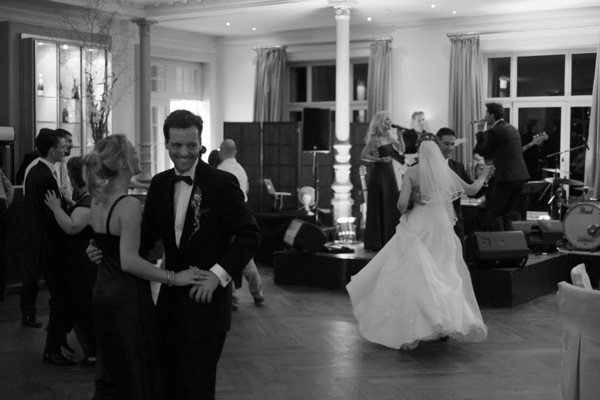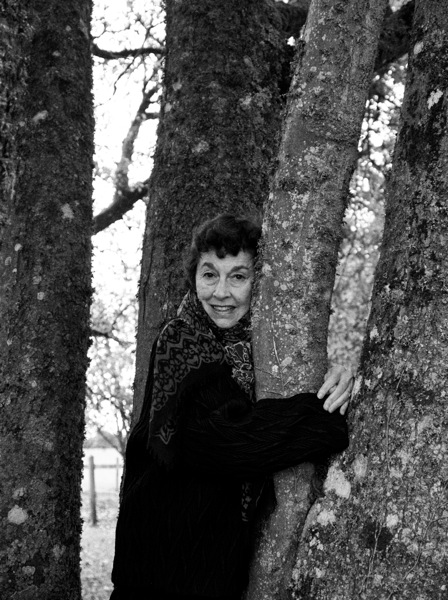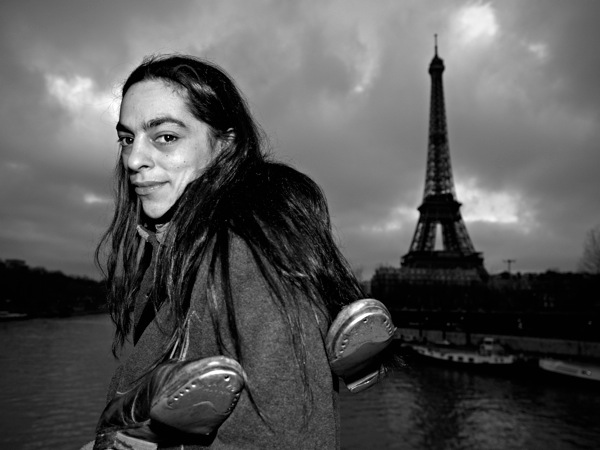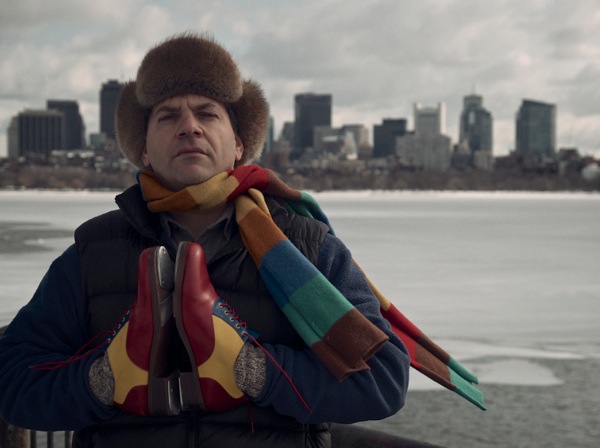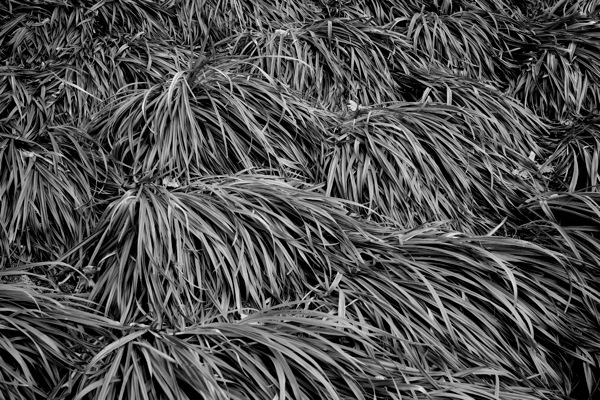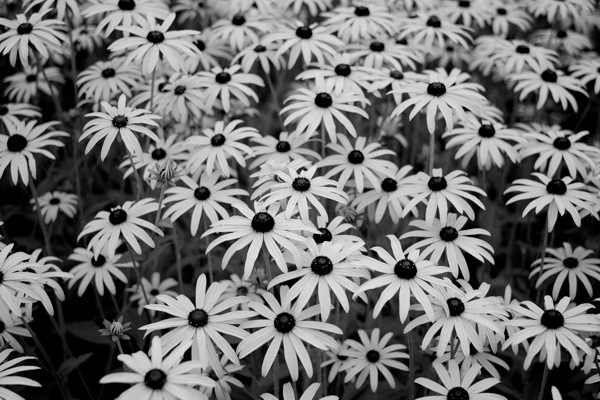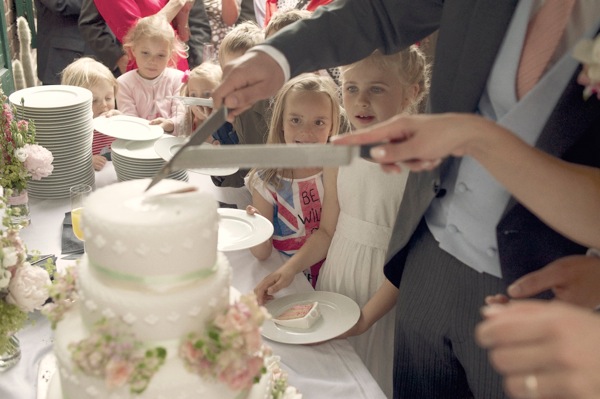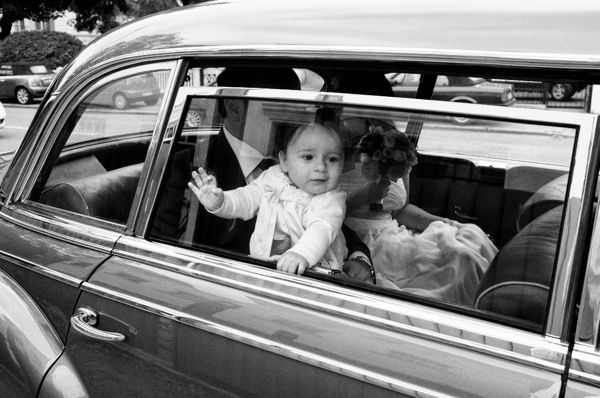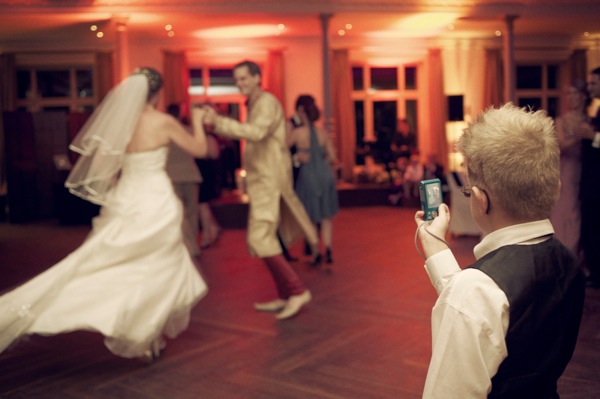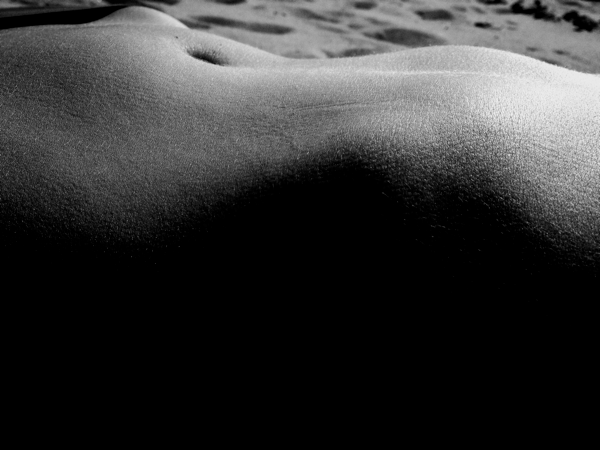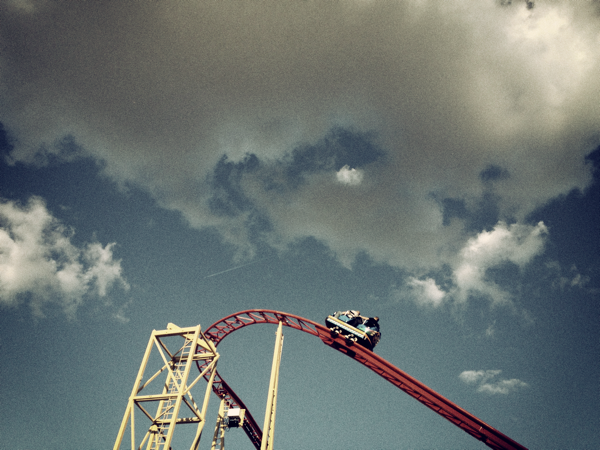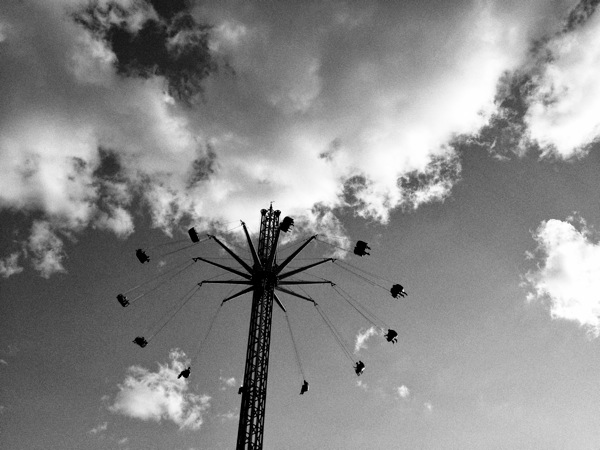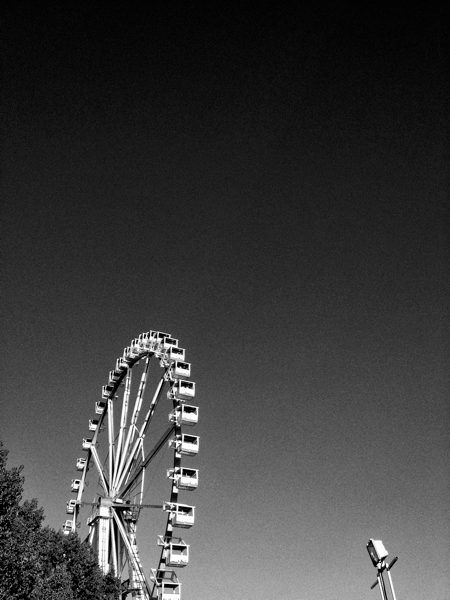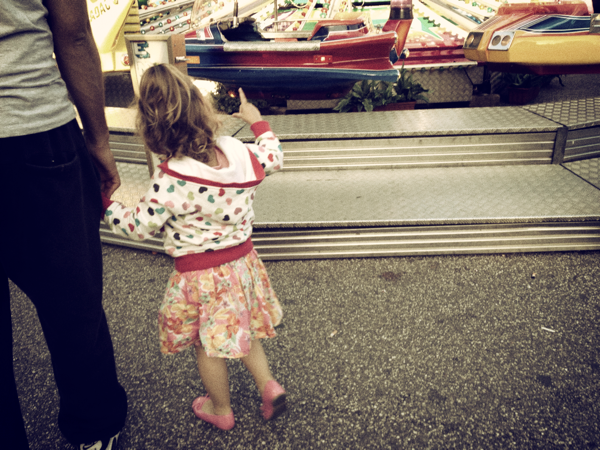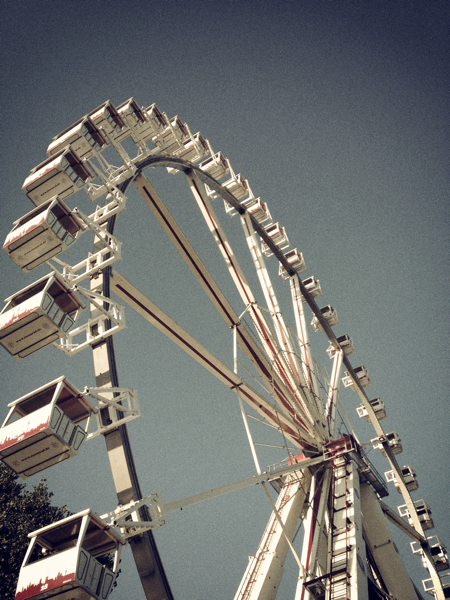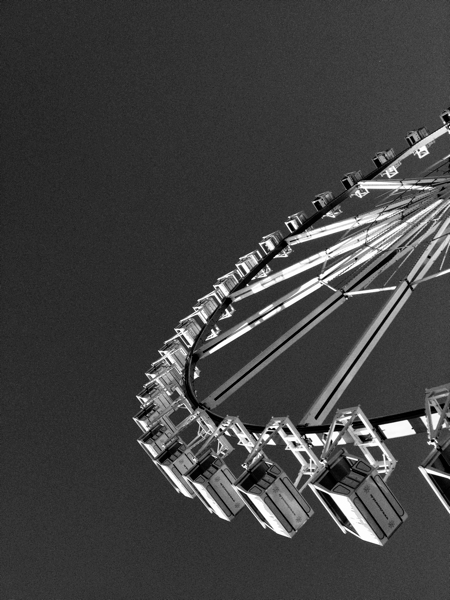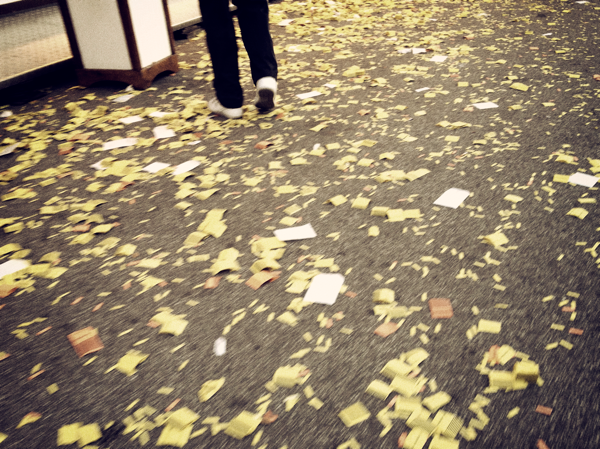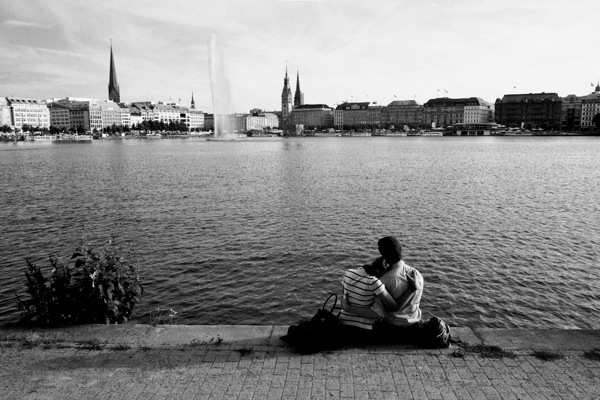Final thoughts on the Fuji X-Pro 1 and X-100 for wedding documentaries.
Yesterday I photographed a whole wedding documentary only using the two Fuji cameras. I only used the X100 (35mm), the 18mm(27mm) and 35mm(50mm) on the X-Pro1. For backup, I had a second shooter on my side with Nikon gear, so I knew I would be covered or could easily switch system if things don't work out well.
But it did work out very well, so I wanted to share some of my experiences:
One of the best things about the X-Pro 1 to me is the combined use of OVF, EVF and Liveview which just works seamlessly together. The camera is set with the eye sensor turned on, hanging around my neck. This way, the screen is off when hanging down at my body. As soon as I raise the cam I can either take it to my eye and work with the OVF or EVF or use the back screen. This is super convienient and allows me to use the camera any way I want to instantly.
I love using the back screen for taking quick snapshots from angles were it is inconvinient to look through the finder. It also gives me a more casual street shooter style of working. Almost like using my GRD for street work. The OVF is my favorite because I can compose and frame pictures that way best. The clear view and abstraction from the actual photograph gives me more creative power. The downside of it is, that for example with a fast lens like the 35mm f1,4 stopped down open wide it can be crucial to get accurate focus on something like the eye when doing a portrait. That's when I change to the EVF and I can precisely see how the picture will turn out and if focus is where I want it to be.
So all three modes have advantages and disadvanteges but I really like to make use of all of them. In a way it enhances my creative workflow while shooting.
Battery life. That is a big thing because obviously you don't want to run out of juice during a long shooting day. I came with three full batteries but only used one and a half, which surprised me. i thought they would drain faster. I shot exactly 745 frames on the X-Pro 1 and that is not too bad at all. Of course I wish it would have a battery like the Nikon D3 where you don't really worry about changing batteries too much. On assignment the power off function is turned off so I won't miss any shots by waiting for the camera to wake up. In between use I just switch it off and I make use of the fast power on feature even if it consumes more battery power that way. And yes, start up time is another thing that could be improved.
Image quality. Like I said in earlier posts, I really love the way the X-Pro 1 renders photos. I use it only in Jpeg mode and love the outcome. I have played around with a few of the color settings but for this shoot I went back to the Standard setting. Skin tones look great, color and contrast is perfect for my use. I only use auto white balance and I am very happy with the results. It seems the most accurate camera I have ever used regarding WB. I still process my color photos with Color Efex though to get the specific look that I want for my wedding jobs.
For a few shots yesterday I also used standard black and white mode. The outcome is pretty good for a digital file. Great tonality, rich blacks and well controlled highlights. And after using the BW jpeg with NIK Silver Efex Pro they got the right look, less digital and more film like. I also noticed that Silver Efex Pro works great with monochrom files. Sometimes better than with color files. Yes, you lose the ability to apply color filters in post production but grain, contrast and brightness look perfect. So the combination of the in camera bw jpeg engine and later developement in Silver Efex seems to deliver great results. Maybe Leica had a point when bundling the Monochrom M9 together with Silver Efex.
So all in all I am more than happy with my X-Pro 1 and X100 setup for professional wedding assignments. Next week I will have another gig and use this combo again. Will I ditch my Nikons? By no means. They are powerful tools I know i can always rely on. But I try to leave them in the bag as much as possible.
Enjoy the pictures and thanks for looking, Thomas
